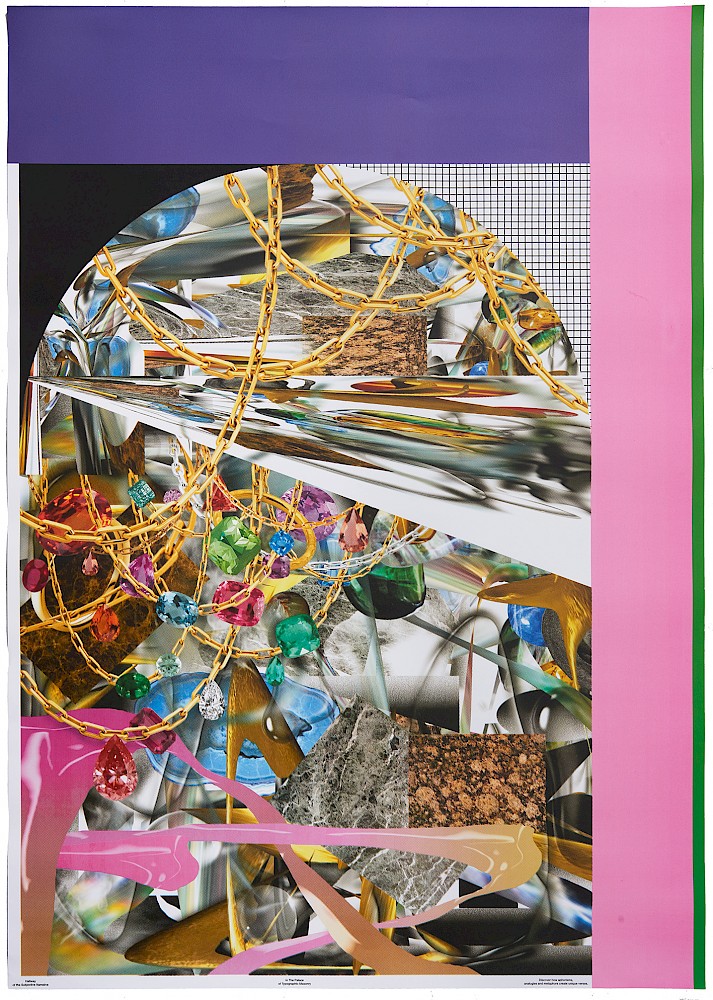One of the crucial social functions of graphic design is enforcing the boundaries between text and image. These limits form a profound political, social, moral, and religious frontier.
Within the field of graphic design, the demarcation lines separating text and image are crucial in defining what falls within the discipline of graphic design and what lies beyond its scope.
It is not uncommon to disregard objects and practices that do not involve typography, resulting in their exclusion from the realm of design.
In a 2009 piece, design critic Veronique Vienne wondered if French graphic design “was a contradiction in terms.” The reason for this harsh verdict was the way French designers used images.
While considering a wordless poster by Mathias Schweizer to be “strikingly beautiful,” Vienne makes a series of revealing assessments. Because it lacked typography, the object looked like a “self-generated project.” She quotes an anonymous visitor: “If only there had been a logo for an electrical company on it, you could have called it ‘graphic design,’ […] but this is an exercise in self-indulgence.”

Notice how the absence of typography triggered a series of remarks hinting at the lack of substantive social and economic value of the object (“self-generated process”) or the professional ethics and personal morality of the designer (“an exercise in self-indulgence”).
Far from being a purely aesthetic decision, images in graphic design, even their absence, constitute a powerful disciplinary mechanism to enforce borders and hierarchies.
Note: I couldn’t find the poster reviewed by Vienne. The poster illustrating this text is Mathias Schweizer’s poster diptych “Hallway of Subjective Narrative.”


Leave a comment